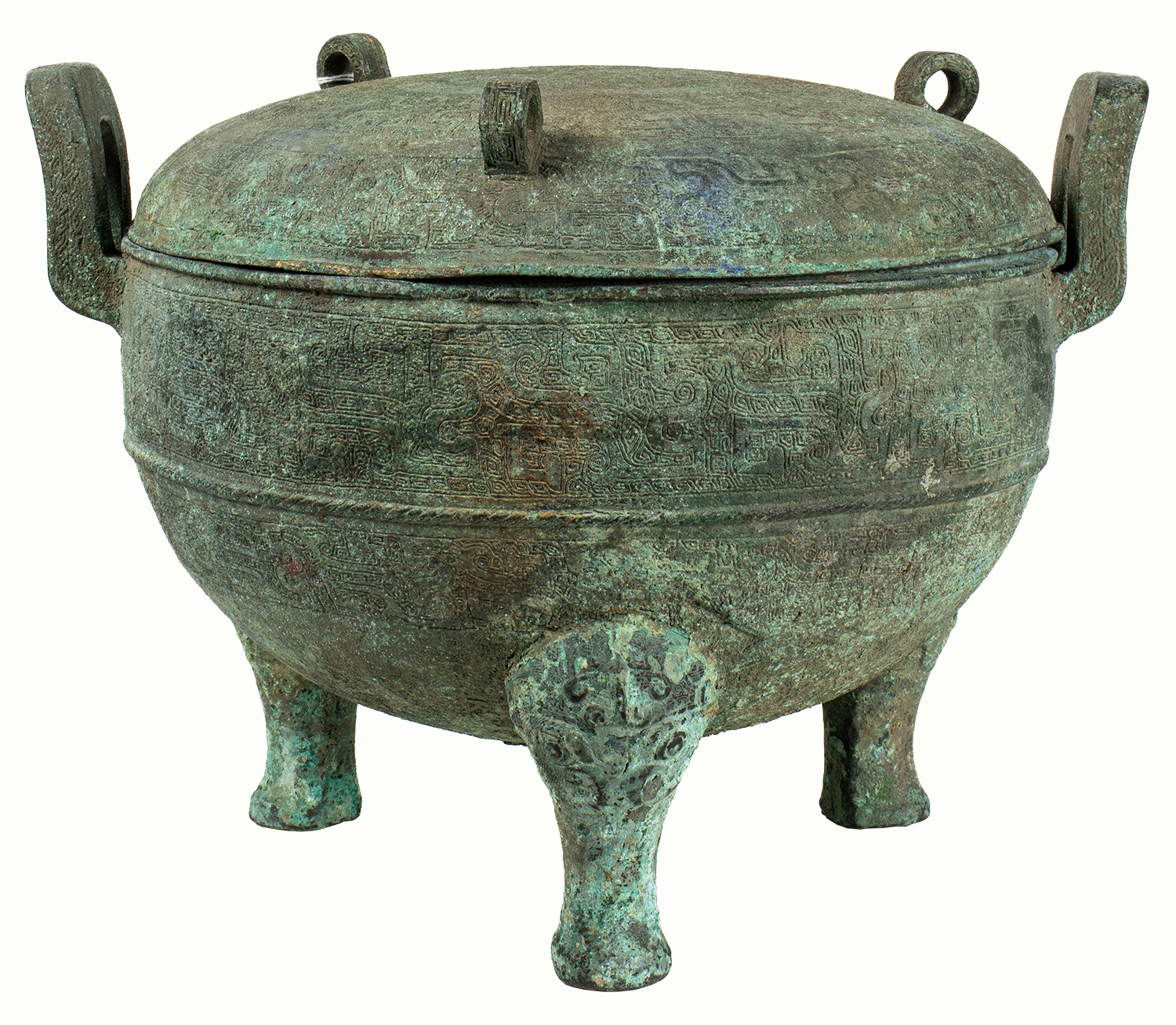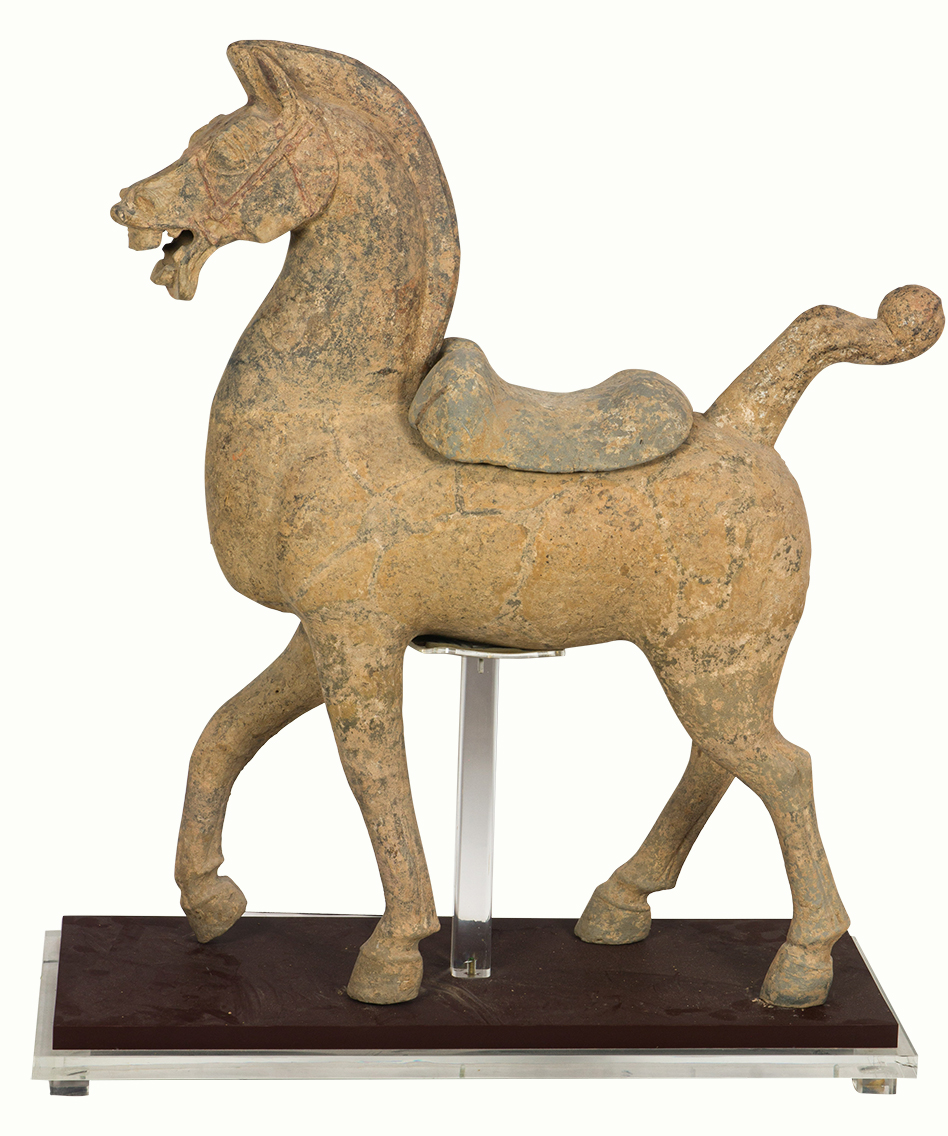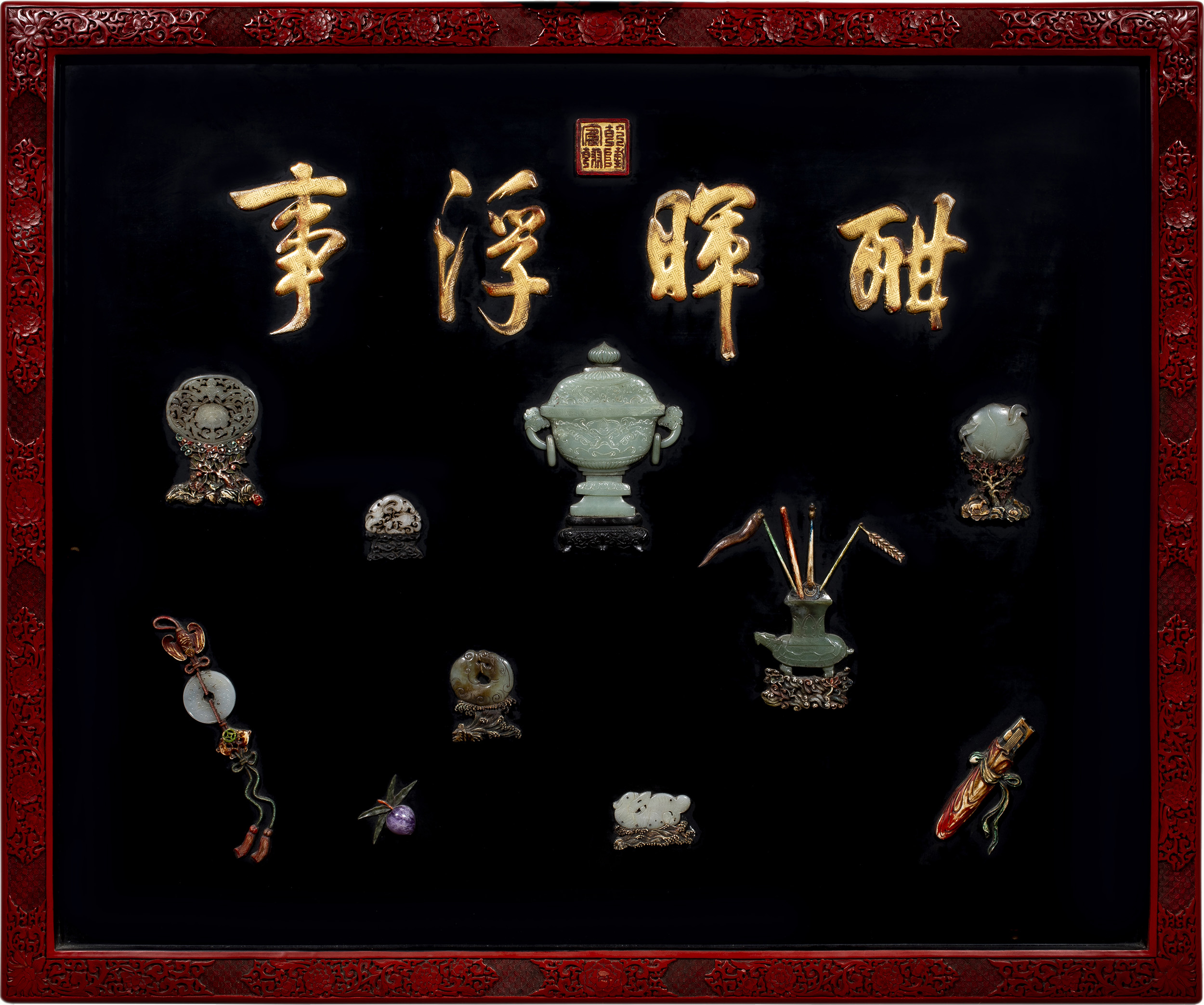The Han Dynasty was known for its exquisite craftsmanship and artistic design. Today, surviving examples of Han Dynasty vases, vessels, and figures are highly prized and collected for their historical importance and artistic value.
Typically Ding vessels feature a round body and a lid, creating a covered container. They are often adorned with intricate relief decorations depicting various motifs such as mythical creatures, dragons, birds, animals, or geometric patterns. These decorative elements were meticulously cast into the bronze surface and sometimes embellished with additional details using techniques like engraving or inlay.

Sold: $1,890
The above vessel was produced during the Han Dynasty, 206 BCE to 220 CE in China. This type of vessel was made using the technique of bronze casting, which involved pouring molten bronze into molds.
Ding vessels were highly valued for their ceremonial and ritual significance. They were used for a variety of purposes, including storing and presenting offerings, as well as serving as burial objects or prestigious gifts. They are considered to be symbols of status and wealth, reflecting the sophisticated artistic taste of the Han Dynasty.

Sold: $5,312.50
Han Dynasty works provide valuable insights into the ancient Chinese civilization and the advanced metalworking techniques of the time.






